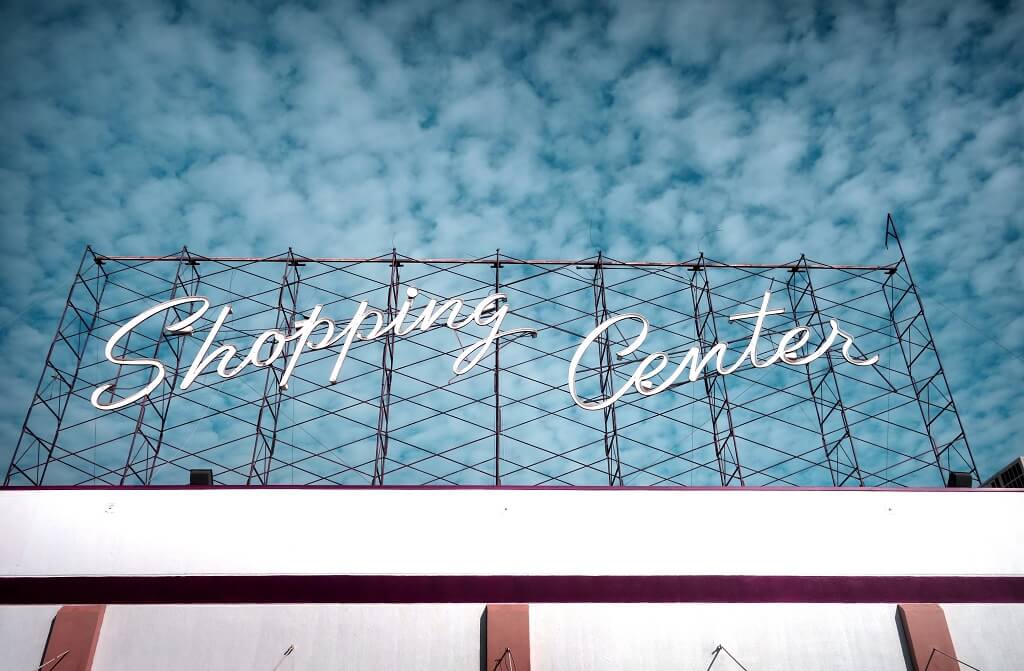Record Levels of Store Closures Could have Healing Effect as Weakest Centers Shut Down or Get Repurposed
Developers of mixed-use projects such as Sunnyvale Town Center in Silicon Valley, which will include 900,000 square feet of new shopping space, are hoping to tap into continued demand for newer high-end retail properties.
The U.S. national retail vacancy rate ticked up 10 basis points for the second consecutive quarter to reach 5.2% in the third quarter of 2017 as retail leasing and net absorption slowed despite continuing improvement in the broader economy and growing consumer spending power, according to CoStar analysts.
The slower leasing performance in the third quarter reflects the ongoing store closures announced by several major retailers. In total, retailers have announced a record 101 million square feet of store closings this year, on top of 83 million square feet of store space that went dark in 2016.
However, despite signs of decelerating leasing demand for the U.S. retail market, some analysts speculate that record levels of store closures will eventually have a ‘healing effect’ on the market as the weakest shopping centers shut down or are repurposed.
They argue that recent weakening of fundamentals does not necessarily justify the doomsday scenario suggested by gloomy headlines warning of a “retail apocalypse” or “Armageddon, and the focus on the ongoing purge masks the best-performing centers, many of which are adding stores and maintaining occupancy.
“Store closures have become a headline risk, and I think it is impacting the capital markets and pricing of retail property. But for shopping center owners and investors, these closures may be a necessary means to healing the market,” observed CoStar director of U.S. retail research Suzanne Mulvee in presenting the latest quarterly data during CoStar’s State of the Retail Market Q3 2017 Review and Outlook.
“Consumer spending (at the closed stores) needs to go somewhere, usually to another physical retailer, so we look at this trend as somewhat positive for the overall market,” Mulvee said. Surviving stores in the right locations “will ultimately come through this period even stronger than before,” added CoStar managing consultant Ryan McCullough.
One major issue contributing to concerns on Wall Street is the staggering amount of debt held by retail chains, incurred in part during the wave of leveraged buyouts by private-equity firms in recent years. For example, giant shoe retailer Payless Inc., which filed for Chapter 11 bankruptcy in April, incurred more than $700 million in new debt, including buyout borrowings, after being acquired in 2012 by Golden Gate Capital and Blum Capital Partners.
“If retailers can’t refinance the debt at reasonable rates, they will be forced into bankruptcy, and that gives them cover to break leases,” said Mulvee. “Capital is still positive on high-quality retail, but it is becoming even more bearish on weaker retail.”
Looking Beyond Store Closures
“When we subtract those non-competitive malls with vacancies of 40% or higher, we see a far different picture,” McCullough said. “It’s the troubled properties that lose a key tenant and set into motion an exodus of defections,” skewing the retail vacancy picture, he added.
U.S. retailers expect to open nearly 4,100 more stores than they will close in 2017, a conveniently overlooked fact in many news headlines focused chiefly on the number of store closings, according to “Decluttering the Retail Landscape,” a recent report by TH Real Estate. Competition from online sales is pushing weaker retailers out of business faster than ever before, but the report posits that should ultimately result in a financially healthier and more adaptable set of retailers and shopping centers that provide more appealing experiences and a compelling product mix for shoppers.
The best-performing malls and shopping centers will continue to attract tenants and retain value. Average and lower-performing properties will continue lose value and eventually close or be repurposed, according to the report.
“Changes in retailing are in their early stages, yet doomsday scenarios splashed across news headlines are being extrapolated to the entire industry rather than to its most vulnerable segments,” notes Melissa Reagan, head of Americas research for TH Real Estate. “While we expect online retail sales will continue to grow in the coming decades, we also believe consumers will value the experience of shopping in a physical store.”
Manhattan retailers are beginning to get that message, as the long decline in retail rents appears to be leveling off and activity is beginning to pick up again, said Robin Abrams, vice chairman of retail and principal at Eastern Consolidated. Abrams heads the Abrams Retail Strategies group, which focuses on retail leasing and consulting.
Rental rates became overly aggressive by 2014 at a time when tenants were reporting spotty sales performance and more brands were competing for the same customer base, Abrams said.
“Where New York goes, so goes the country,” she said. “Retailers now understand they need to have good product and give people a reason to come to their stores. Point of sale is most important, whether that’s online or in the physical stores.”
Landlords are now willing to lock in shorter terms and be more flexible and creative to accommodate tenants, and that is starting to induce deal making, Abrams said.
“There’s not as much rent upside, but at least we have activity in the marketplace,” Abrams said.


